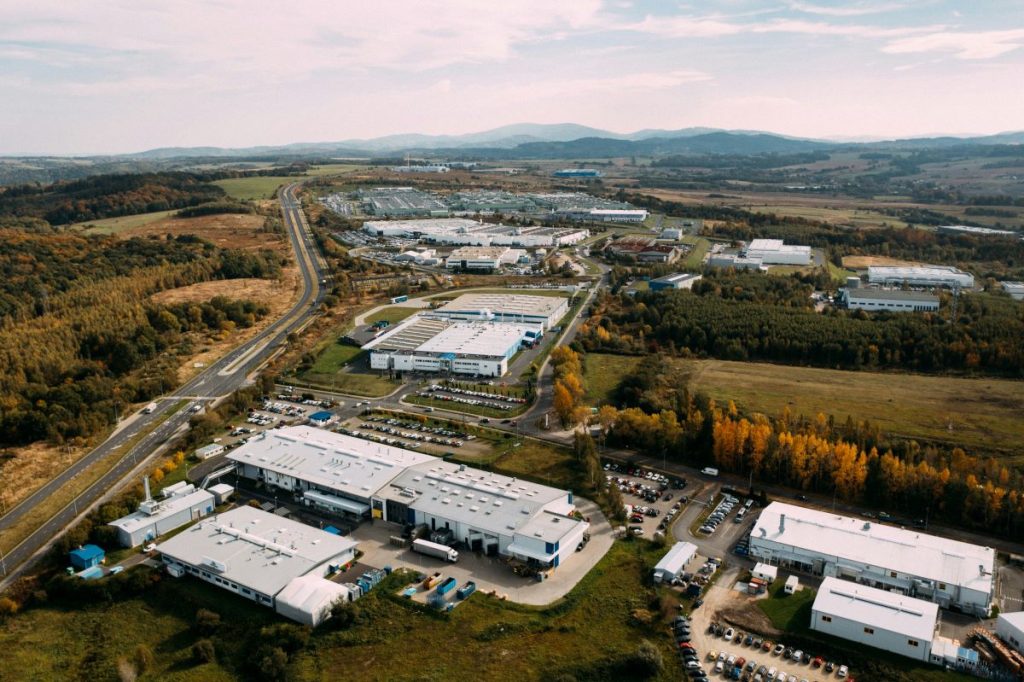The surge in online shopping has led to a shift in logistics models, with micro-fulfillment centers (MFCs) emerging as a key strategy. These centers, often located in urban areas, leverage automated guided vehicles (AGVs), autonomous mobile robots (AMRs), drones, and sophisticated software systems to expedite order processing and delivery. However, the success of these centers hinges on reliable connectivity, which can be a challenge in environments filled with metal racks and stacks of products.
Overcoming Connectivity Challenges with Private Wireless Networks
Fortunately, advancements in communication technologies are keeping pace with the evolving logistics models. 4G and 5G private wireless networks are providing reliable connectivity across these challenging environments. However, not all wireless network platforms are equal. To support the growing automation in MFCs and other logistics use cases, companies need a private wireless connectivity platform that can process real-time data and provide access to relevant applications.
Harnessing Digital Services for Enhanced Operations
With the right technology mix, logistics companies can leverage a range of digital services to support their operations. Worker connectivity and safety can be enhanced with the right devices and a reliable connectivity platform. Order fulfillment can be streamlined using pick-to-light systems or multimodal devices that integrate scanning functionality. Additionally, connected personal protective equipment (PPE) and geo-location data can enhance safety.
Optimizing Operations with Network Digital Twin Software
To maximize efficiency, logistics companies can use network digital twin software to optimize layouts, storage, and workflows. This software can also track the health of connected assets, alerting maintenance teams to potential failures. Furthermore, applications that use geo-location data can accurately track assets and workers across the MFC, reducing the risk and cost of misplaced assets or theft.
In conclusion, as logistics companies continue to transform the fulfillment model, they can greatly benefit from increased automation, improved worker safety, enhanced connectivity, and the flexibility to adapt workflows, processes, and layouts. This will enable them to meet growing and evolving consumer expectations well into the future.





